I am looking to design a simple circuit that detect objects placed in a spot. So far, the circuit uses simple IR LED and photodiode to detect the object placed between them. The voltage developed in the junction of photodiode is fed to inverting input and Vref to the non inverting input of an opamp. The circuit works as expected, detecting the object placed with some adjustments in the pot.

simulate this circuit – Schematic created using CircuitLab
My intention is to make an LED blink (not shown in the schematic) continuously (like driving using square waveform or some sort) whenever the object placed in between the IR LED and photodiode is removed. Well so far the op amp gives a steady output which is enough to light up the LED, but not blink.
I have considered the options of using a monostable multivibrator in the next stage using the opamp output as trigger, but unfortunately when the object is removed, the opamp gives high output until the object is placed back, which again will make the multivibrator to stay in a single logic state and again will not be enough to make the LED blink continuously.
I am looking to implement this without the use of any microcontroller. But right now, I am clueless on how to proceed and what to use to achieve the continuous LED blink as output.
Any help or any leads will be very much appreciated.